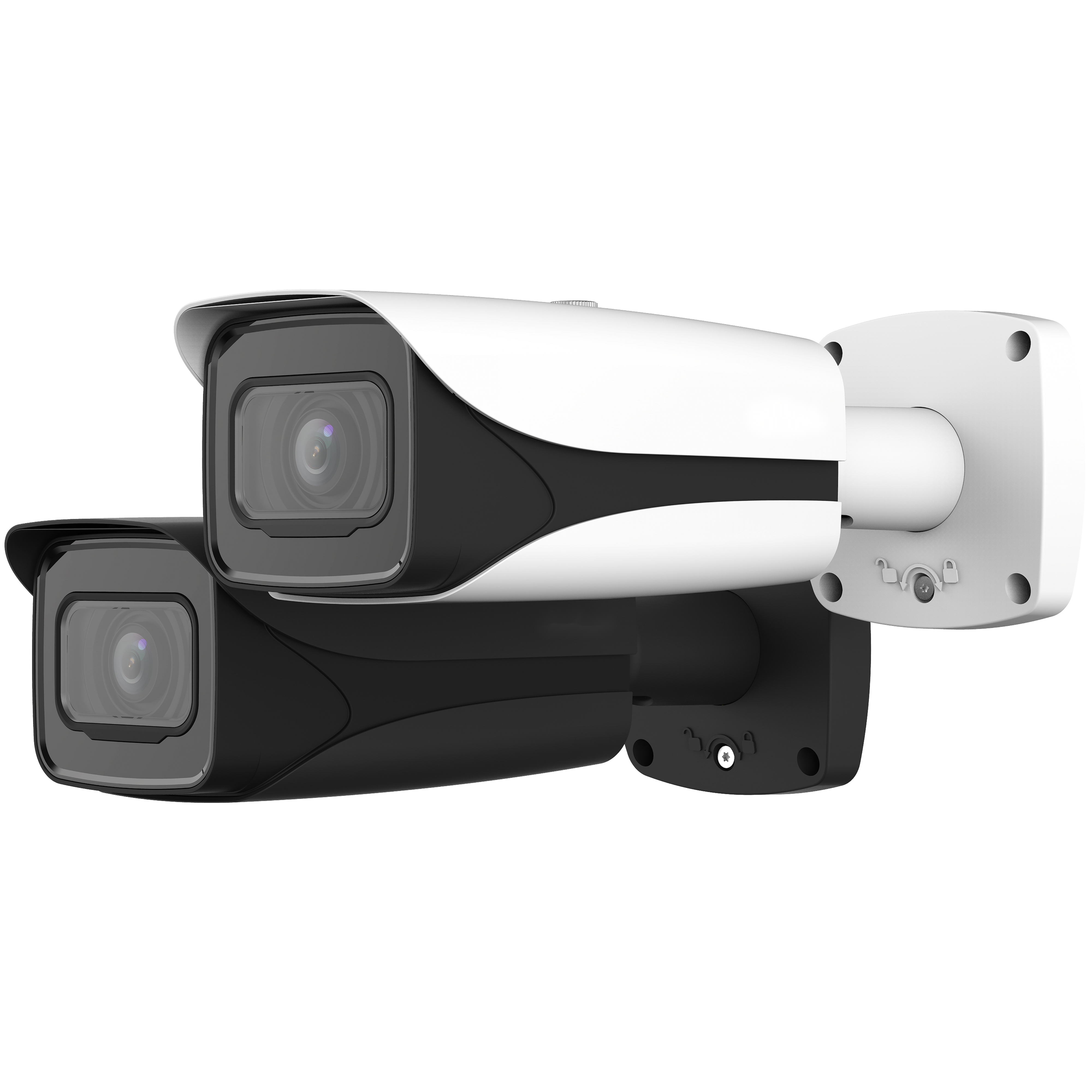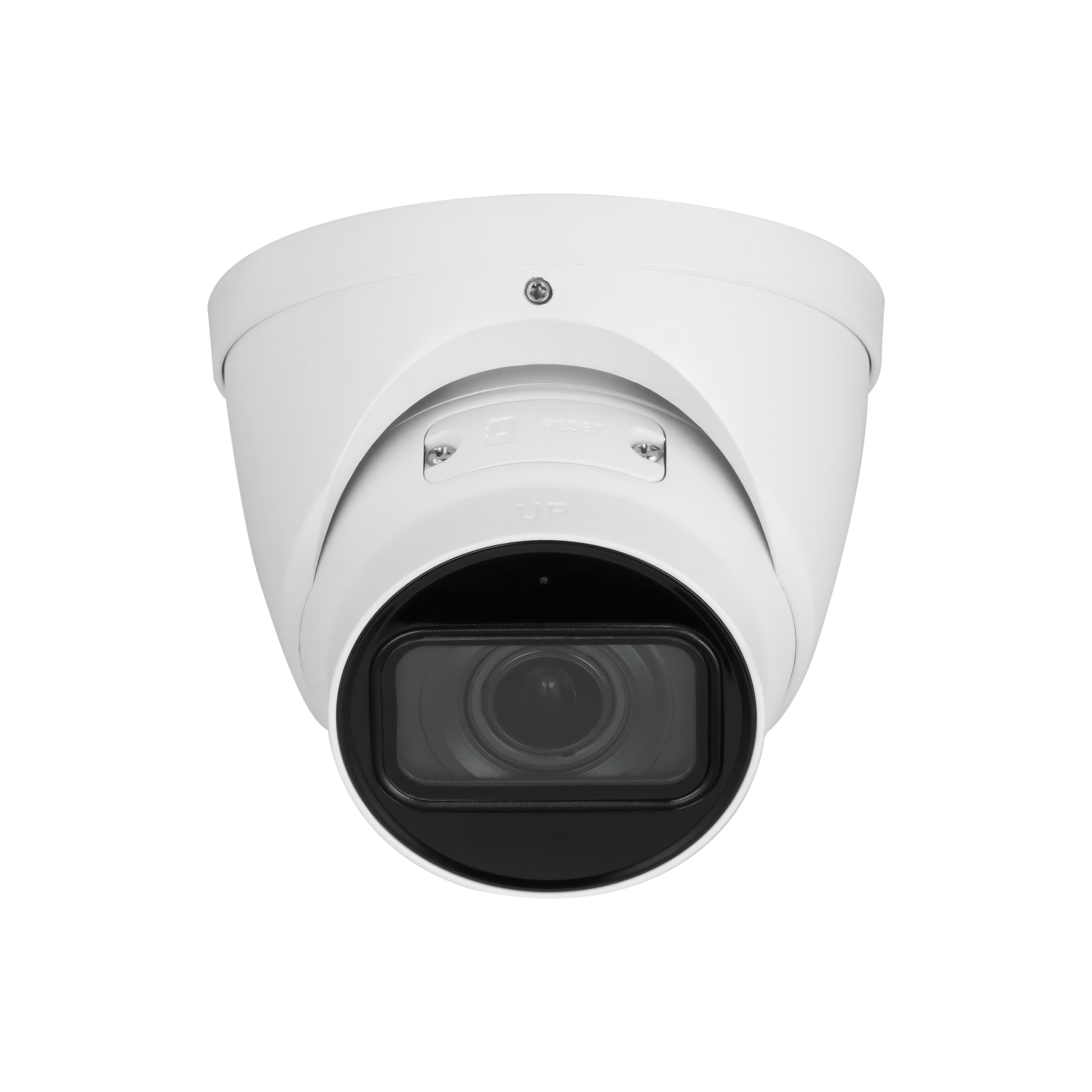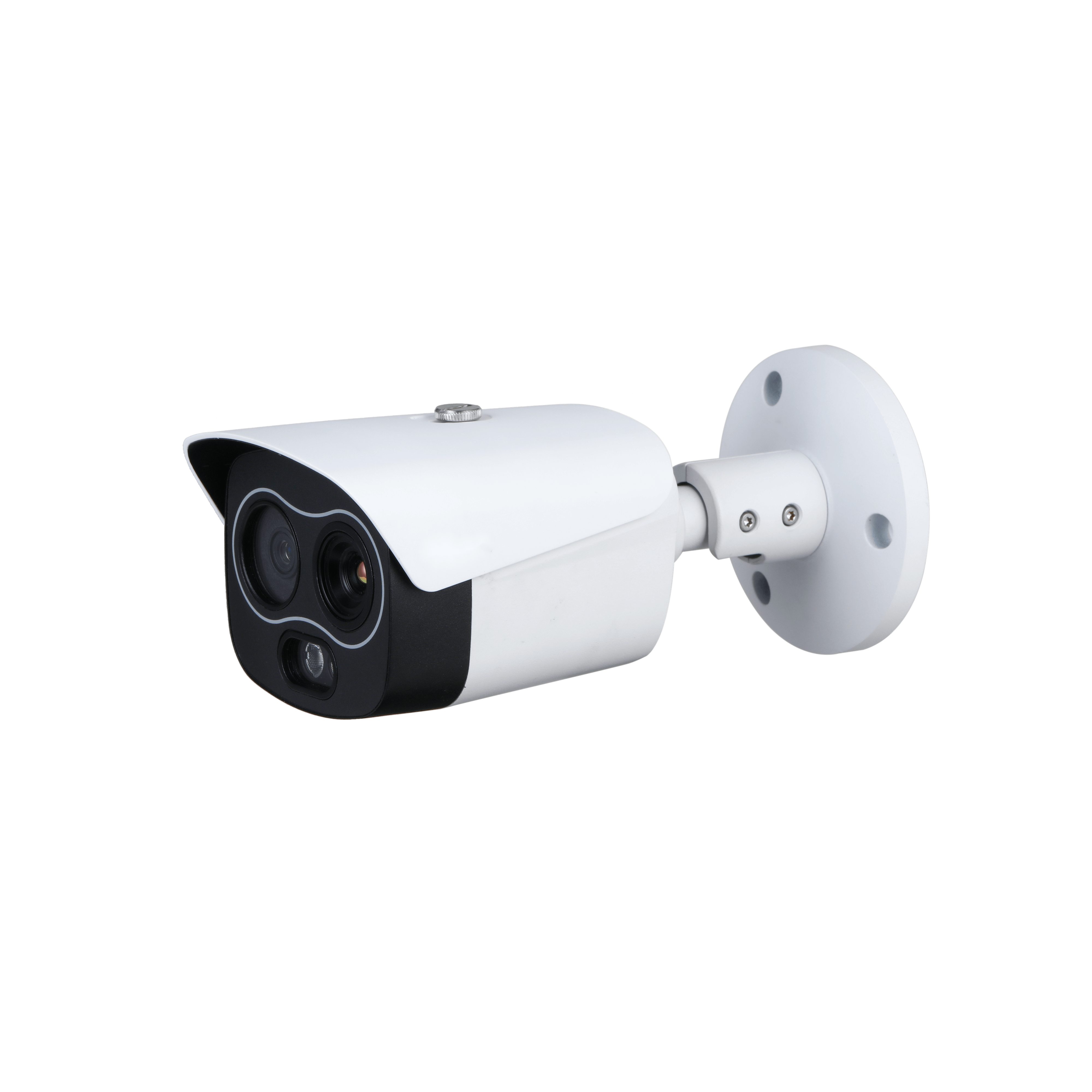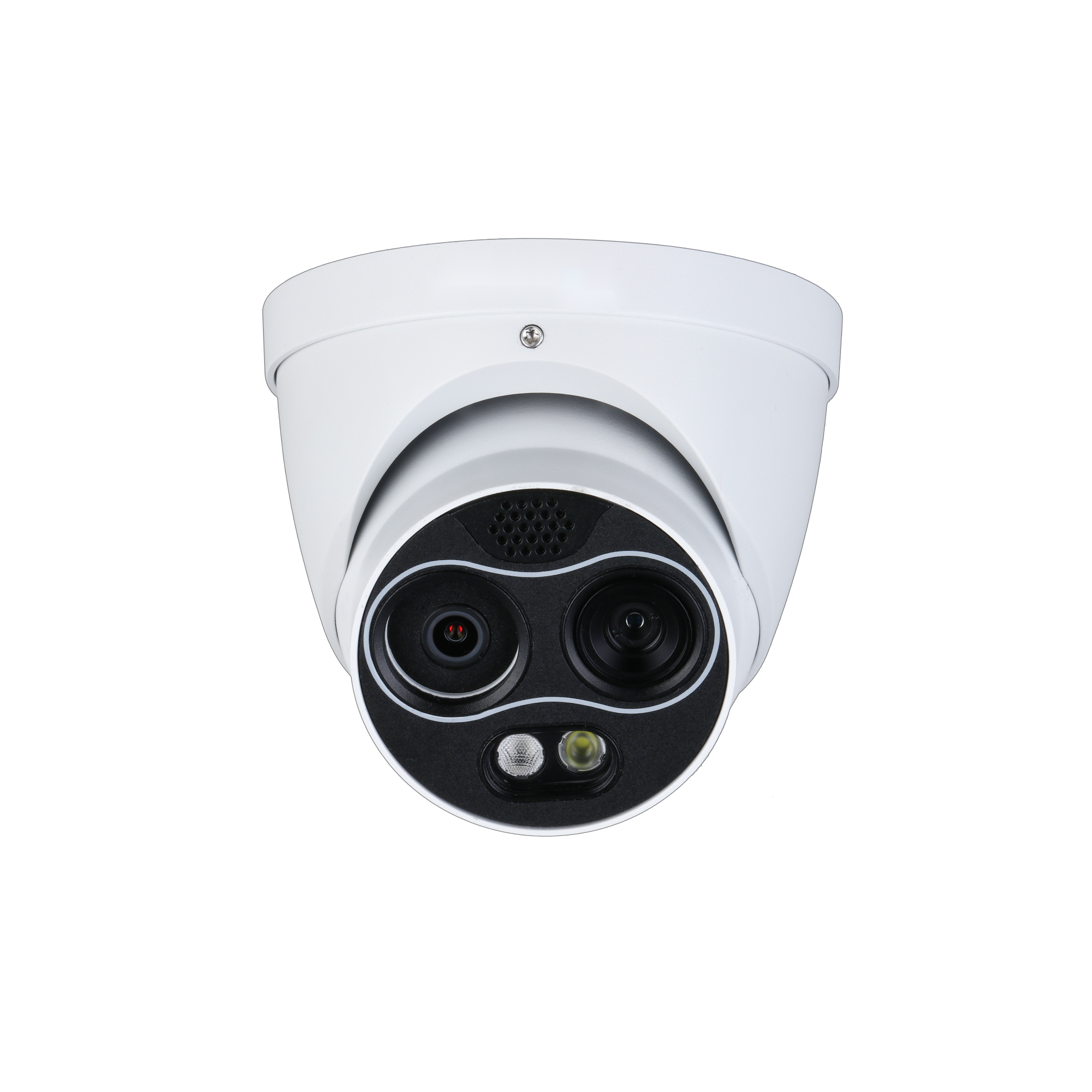I've been tasked to set up some cameras at a relatives farm. Here are their goals:
- Ability to see if bears/moose/racoon/etc are/were around and making noises in the evening and night
- Crepuscular and nighttime recording, but 24/7 "may be useful too"
- The primary goal is to check for animals around the property, secondary is people/vehicles
- A few cameras are for checking if a barn door was left open, the rest are exterior watching for wildlife
- Cameras around all buildings & nooks (~27 cameras across about 600ft of buildings)
- No/low internet/cloud connectivity. They have an unreliable DSL connection at 1Mbps up (when they want to send videos to people, or watch youtube, they literally drive into town)
- In terms of DORI: "I need to detect the bear, observing the bear is nice, but I don't think I would even be able to identify which bear is lurking next to the porch"
- Is this size of system still DIY-able, or should I look for a company to contract? If the latter, what would I be looking for, and a ballpark figure of how much would contracting such a system could be? (Rural Northeast USA)
- Where are good places to buy cameras from? I can't find a lot of cameras I've seen recommended at retailers I'm familiar with, like Home Depot or Amazon.
- Because they have to cover a lot of 270deg corners, I was planning on using a 90deg camera plus a 180deg (dual sensor) camera. Is that reasonable?
- Because there are basically no lights in this area, I was thinking I would have to go with IR and not color night vision. Is that an accurate assumption, or is tech really good enough to be seen with just starlight?
- What cameras are a good value for outdoor 180deg/dual lens, outdoor 90deg, and indoor 90deg in this situation? I've seen "The Hook Up" recommend "dahua t5442tm" for night IR 90deg which I can't seem to find for sale anymore, and the reolink duo 3 seems ok for the 180 option, I think? Thoughts?








